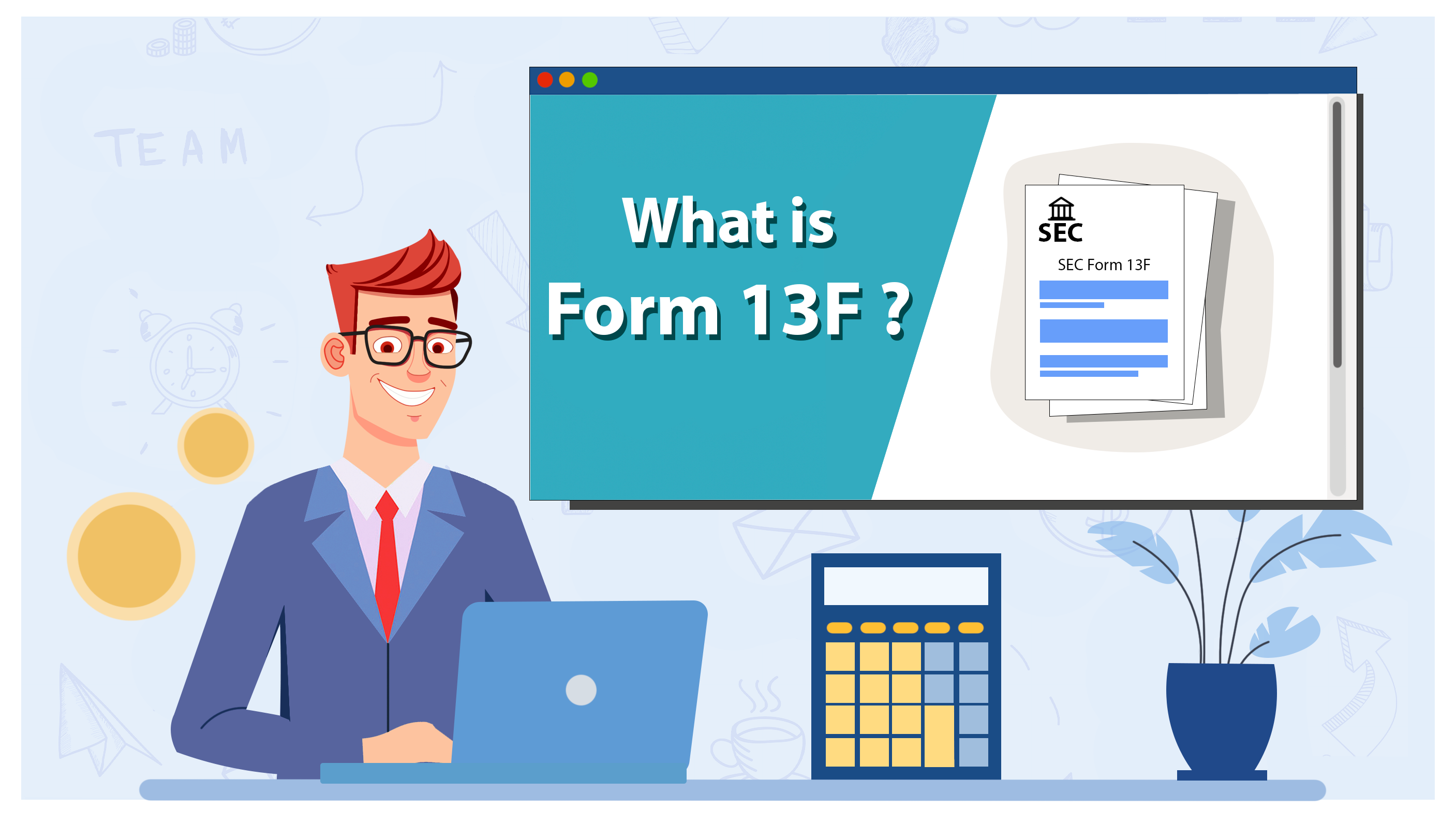
In order to enhance investor confidence and promote transparency in the country's financial markets, significant players in the financial ecosystem are mandated by the Securities and Exchange Commission (SEC) to submit various filings, one of which is Form 13F. This filing is particularly sought after by individual investors as it offers valuable information on the investment tactics of major investors, commonly referred to as smart money. In this guide, we will explain what a 13F filing is, why it is important, what investors should look at when reviewing these filings and what are their main issues.
Institutional investors that manage over $100 million, like mutual funds and pension funds, have to submit a report to the SEC every quarter called Form 13F. This report, which must be filed within 45 days of the end of each quarter, shows what these investors have invested in, including stocks (only long positions), bonds, put and call options, and American Depository Receipts (ADRs).
13F filings can be valuable sources of information about the investment holdings of top Wall Street investors as well as their portfolio changes from quarter to quarter. They can provide insights into their investment strategies and can help individual investors make informed decisions based on the decisions of smart investors.
1. The manager’s top holdings: These are the stocks or other securities that the manager holds the largest positions in. This can provide insight into the types of companies that the manager believes are worth investing in as well as their investment philosophy.
2. Changes in the manager's holdings: This is perhaps the most important piece of information inside a 13F filing. Investors should pay attention to any changes in the manager’s holdings from quarter to quarter. This can provide insight into the manager’s investment strategy. Significant quarterly portfolio changes of prominent investors can send individual stocks up or down as people tend to follow the moves of the smartest investors.
3. The types of securities the manager is investing in As we saw above, this can include stocks, bonds, options, and other securities. Investors should pay attention to the types of securities that the manager is investing in, as this can provide insights into their overall investment strategy and risk tolerance.
4. The industry sectors that the manager is investing in: Investors should review the industry sectors that the manager is investing in. This can provide insight into the manager’s view of the economy, and which sectors they believe are likely to outperform.
5. Other things to consider: 13F filings do not provide information on the performance of the investment manager’s portfolio but investors can use these quarterly reports to track the manager’s performance over time. By comparing the manager’s holdings to the performance of the overall market, investors can gain insight into the manager’s ability to generate returns and beat the market over time.
Individual investors often use 13F filings to copy the trades of big institutional investors aiming to achieve market-beating returns. This may sound like a good idea but there are several issues with this practice. First, managers can file their 13F reports up to 45 days after the end of each quarter. This means that by the time the public has access to these reports, the trading records may be out of current, as stock purchases may have occurred more than 120 days before the filing. Typically fund managers take advantage of this flexibility to file their Form 13F as late as possible so that the reports can be as outdated as possible to conceal their investing strategies from competitors.
It's worth noting that the investment strategies of managers may not be fully or accurately reflected in their 13F filings, as they are not obliged to disclose their short positions. As some hedge funds predominantly generate profits from short selling, with long positions serving only as safeguards, it is impossible for the general public to differentiate between true long positions and protective hedges when reviewing 13F filings. Therefore, the filings may present an incomplete or even misleading portrayal of a manager's investment strategy.
Despite the limitations, 13F filings can still be a valuable tool for investors. These reports can be very accurate when it comes to long-term investors such as Warren Buffett as these investors typically buy stocks to hold for years and don’t make significant portfolio changes in a single quarter. By reviewing these reports and focusing on key pieces of information, individual investors can gain valuable insights into the strategies of world-class investors and make more informed decisions about their own portfolios.
You will receive the information that help to do investments.
Note: Check the spam folder if you don't receive an email.
